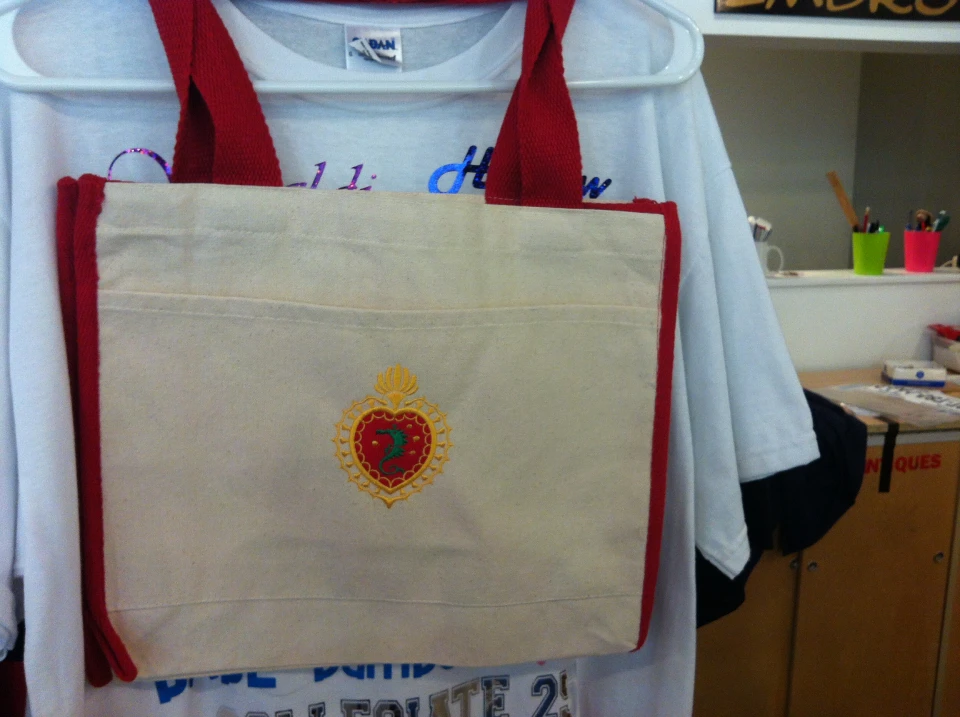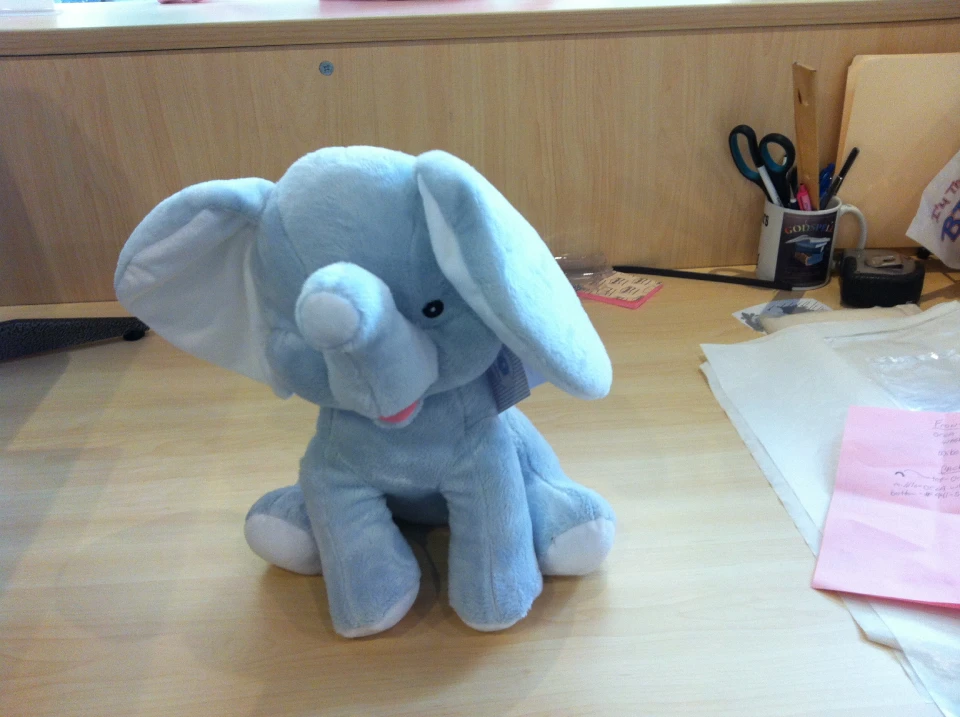Personalized School Uniforms with High-Quality Embroidery Services
Personalized School Uniforms with High-Quality Embroidery Services
Blog Article
The Art of Personalized Embroidery: Unlocking the Tricks to Creating One-of-a-kind and Unforgettable Layouts
The keys to producing custom-made needlework designs that captivate the eye and leave a long-term impact lie in a delicate equilibrium of method, creative thinking, and interest to detail. As we dive right into the globe of custom embroidery, we uncover the nuanced interplay between thread selection, stitch complexity, and design customization that raises a simple garment to a work of art.
Choosing the Right Embroidery Threads
When choosing needlework threads, what essential variables should you think about to make certain the very best results for your custom layouts? The option of needlework string is crucial in determining the final end result of your embroidered design. Among the primary considerations is the product of the string. Various products such as cotton, polyester, rayon, and silk offer differing degrees of sheen, longevity, and texture. It is important to select a string product that matches the textile you are embroidering on and straightens with the wanted appearance of the layout.
Moreover, the weight or density of the string plays a substantial function in the appearance of the embroidery. Thicker threads can include dimension and appearance to your layout, while finer strings are suitable for detailed details and tiny text. Additionally, thinking about the shade fastness and washability of the string is vital to guarantee that your customized styles keep their top quality and vibrancy gradually. By thoroughly evaluating these factors and selecting premium strings that fulfill your details needs, you can boost the aesthetic charm and long life of your embroidered productions.
Exploring Various Stitch Techniques
To look into the world of 'Discovering Different Stitch Methods', one need to understand the intricacies and subtleties that each stitching approach brings to the art of embroidery. Various stitch methods not only include visual interest yet additionally contribute to the overall texture and dimension of the design. One prominent stitch technique is the satin stitch, which entails closely stuffed parallel stitches to produce a smooth and glossy surface area, ideal for filling out shapes and creating bold lays out.
On the various other hand, the backstitch is a flexible technique commonly used for laying out and adding great information. It includes sewing backward to develop a solid line of needlework. Furthermore, the French knot stitch adds a tactile component to designs, ideal for creating distinctive accents like flower facilities or attractive touches.
Checking out different stitch techniques permits embroiderers to play with light, shadow, and deepness within their styles, elevating the aesthetic charm and creative top quality of their embroidery projects. By mastering different sewing methods, one can open countless possibilities for creating special and unforgettable custom-made needlework items.
Incorporating Personalized Design Aspects
Having explored the details of various stitch techniques such as the satin stitch, backstitch, and French knot, the focus now moves towards integrating customized style components in custom needlework jobs. Personalized design elements play a critical role in making embroidery projects really one-of-a-kind and unforgettable.
Another method to integrate individualized design components is by including icons or concepts that hold unique definition to the recipient or reflect their rate of interests and individuality. For instance, incorporating a preferred blossom, animal, or hobby-related sign can make the embroidery design a lot more meaningful and customized. Furthermore, selecting colors that reverberate with the recipient or straighten with the designated motif can further improve the customization of the needlework task.
Mastering the Art of Shade Coordination

One key element of shade control is comprehending shade concept. This includes understanding just how different shades connect with each various other, the feelings they convey, and exactly how they can be incorporated to create aesthetically attractive styles. By applying shade theory principles, embroiderers can produce unified shade schemes that improve the total look of the style.
Additionally, taking note of contrast is crucial in color sychronisation. Using contrasting shades can assist particular aspects of the design pop, boost legibility, and produce an aesthetically vibrant needlework item. By mastering the art of color coordination, embroiderers can raise their designs and create remarkable items that reverberate with customers and customers alike.
Enhancing Texture With Advanced Needlework Stitches

French knots, for instance, are best for including small, raised dots to your design, mimicking the appearance of grains or creating a textured surface area. Bullion knots, on the various other hand, can be used to produce twisted, ropelike components that add a luxurious feeling to the embroidery. Seed sewing includes little, scattered stitches that can fill out locations with a speckled appearance, find while turkey job produces fluffy, dimensional accents similar to animal hair or vegetation. Exploring with these sophisticated needlework stitches enables you to push the limits of conventional embroidery and produce really one-of-a-kind and visually appealing appearances in your layouts.
Conclusion
To conclude, the art of customized embroidery includes a mix of choosing the right strings, checking out various stitch techniques, incorporating customized layout components, understanding shade coordination, and improving texture with innovative stitches. By understanding and carrying out these crucial elements, embroiderers can develop distinct and memorable styles that showcase their creative thinking and ability. Needlework fanatics can unlock the keys to developing gorgeous and bespoke pieces that stick out and leave an enduring perception.
Report this page